Bash Iterate Over Array
Introduction (about 170 words):
Iterating over an array is a crucial task in Bash scripting when dealing with lists of data. It allows you to process each element of an array efficiently. In this article, we will explore various methods to iterate over arrays in Bash and provide examples and explanations for each approach.
Table of Contents:
1. Using the for loop with index (about 250 words)
2. Utilizing the for loop with elements (about 250 words)
3. Using the while loop for array iteration (about 250 words)
4. Employing the until loop for array iteration (about 250 words)
5. Iterating over arrays using the mapfile command (about 250 words)
6. Using a foreach loop to iterate over an array (about 250 words)
7. Exploring alternative approaches (about 300 words)
1. Using the for loop with index:
The for loop allows us to iterate over the indices of an array by accessing the elements using the index. We will demonstrate how to use this method and provide examples for better understanding.
2. Utilizing the for loop with elements:
This technique enables us to directly iterate over the elements of an array without using the index. We will explain how to use a for loop with the “in” keyword to access each element individually.
3. Using the while loop for array iteration:
The while loop can be an alternative to the for loop for array iteration. We will illustrate how to use the while loop to iterate through an array and perform actions on each element until a specific condition is met.
4. Employing the until loop for array iteration:
Similar to the while loop, the until loop can also be used to iterate over an array. We will explore how to use the until loop to iterate through an array and execute specific code until a particular condition is satisfied.
5. Iterating over arrays using the mapfile command:
The mapfile command, also known as the readarray command, provides an efficient way to read data from a file or standard input and store it in an array. We will delve into how we can leverage this command to iterate over an array in Bash.
6. Using a foreach loop to iterate over an array:
Although the foreach loop is not a built-in feature of Bash, we can simulate its behavior using other constructs. We will demonstrate how to emulate a foreach loop in Bash and iterate over an array effectively.
7. Exploring alternative approaches:
Apart from the traditional looping constructs, Bash offers alternative techniques to iterate over arrays. We will cover various methods such as using the printf command, process substitution, and the for loop with array expansion.
FAQs (about 200 words):
Q1: How do I access elements of an array in Bash?
To access elements of an array in Bash, use the following syntax: array_name[index]. The index represents the position of the element you want to access, starting from 0 for the first element.
Q2: How can I determine the length of an array in Bash?
To determine the length of an array in Bash, use the ${#array_name[@]} syntax. This will give you the number of elements present in the array.
Q3: What causes the “Syntax error: (” unexpected bash array” error?
This error typically occurs when there is a syntax error in your script, often caused by a missing or misplaced quotation mark or bracket. Check your script for any syntax errors, especially around array declarations.
Q4: How can I loop through an array of JSON objects using Jq in Bash?
You can use the Jq tool to parse JSON objects and iterate through them in Bash. By combining Jq with a for loop, you can extract the desired information from each JSON object in the array.
Q5: How do I save the output of a command to an array in Bash?
To save the output of a command to an array in Bash, use command_name=( $(command) ). This command substitution technique allows you to store the output of a command as an array.
Q6: How can I pass an array to a function in Bash?
To pass an array to a function in Bash, use the array_name[@] syntax as an argument when calling the function. Inside the function, access the array using the “$@” special parameter.
Q7: How can I read a file into an array in Bash?
To read a file into an array in Bash, use the readarray or mapfile command. Both commands read data from a file or standard input and store it in an array.
Conclusion (about 100 words):
Iterating over arrays in Bash is essential for processing data efficiently. This article has provided an in-depth exploration of different methods to iterate over arrays in Bash, including for loops, while loops, until loops, the mapfile command, a simulated foreach loop, and alternative approaches. By understanding and using these techniques, you will be able to handle arrays effectively in your Bash scripts, improving your productivity and code readability.
How To Iterate Through An Array Of Strings #Bash
Keywords searched by users: bash iterate over array Bash loop over array, Shell script array, Bash array length, Syntax error: (” unexpected bash array), Jq loop through array, Bash save output to array, Pass array to function bash, Read file to array Bash
Categories: Top 28 Bash Iterate Over Array
See more here: nhanvietluanvan.com
Bash Loop Over Array
### Bash Loop Over Array Syntax
Before diving into the various ways to loop over arrays, let’s first understand the basic syntax of a for loop in Bash.
“`
for variable_name in value_1 value_2 … value_n
do
# Execute commands here
done
“`
Now, let’s apply this general syntax to the looping over arrays.
“`
array=(“value_1” “value_2” … “value_n”)
for element in “${array[@]}”
do
# Execute commands here
done
“`
In this example, we declare an array called “array” with a list of values. The “for” loop then iterates over each element in the array one by one. Inside the loop, you can perform any desired operations on the elements.
### Looping Methods
When it comes to looping over arrays in Bash, several methods can be used depending on your specific requirements. Let’s explore some commonly used methods.
1. Looping by Index:
“`bash
array=(“value_1” “value_2” … “value_n”)
for ((i=0; i<${#array[@]}; i++)) do echo "${array[i]}" done ``` In this method, we access each element of the array by its index. The loop variable "i" represents the index, starting from 0. By using `${#array[@]}` syntax, we get the length of the array. 2. Looping by Element: ```bash array=("value_1" "value_2" ... "value_n") for element in "${array[@]}" do echo "$element" done ``` This method is simpler and more intuitive. It directly loops through each element in the array and assigns the value to the loop variable "element". This approach is usually preferred when you don't need to manipulate the index. 3. Nested Looping: ```bash outer_array=("A" "B") inner_array=("1" "2") for outer in "${outer_array[@]}" do for inner in "${inner_array[@]}" do echo "$outer$inner" done done ``` This method shows how to perform nested looping over multiple arrays. The outer loop iterates over the first array, while the inner loop iterates over the second array. By nesting loops, you can access and manipulate elements from different arrays based on your needs. ### Examples Now, let's explore a few practical examples to demonstrate the usefulness of looping over arrays in Bash. **Example 1:** Summing array elements ```bash array=(3 17 8 5 10) sum=0 for element in "${array[@]}" do sum=$((sum + element)) done echo "Sum: $sum" ``` This example calculates the sum of all elements in the array. Inside the loop, each element is added to the "sum" variable using arithmetic expansion. Finally, the total sum is displayed. **Example 2:** Checking file existence ```bash files=("file1.txt" "file2.txt" "file3.txt") for file in "${files[@]}" do if [[ -f $file ]]; then echo "$file exists" else echo "$file does not exist" fi done ``` In this example, we have an array of filenames. The loop checks the existence of each file using the "-f" flag with the conditional expression "-f $file". Based on the result, a corresponding message is printed. ### Frequently Asked Questions (FAQs) 1. **Can I modify the array during the loop?** Yes, you can modify the array elements during the loop. However, be cautious as it may lead to unexpected behavior. It is generally recommended to create a copy of the array or store the modified elements in a separate array to avoid complications. 2. **Can I loop through multiple arrays simultaneously?** Yes, you can loop through multiple arrays simultaneously using nested loops. Each inner loop can correspond to a different array, allowing you to compare or combine elements from different arrays. 3. **Can I loop over associative arrays?** Yes, you can loop over associative arrays in Bash. Instead of the "@", you can use the "${!array[@]}" syntax to iterate through the keys, and "${array[key]}" syntax to access the corresponding values. 4. **How can I stop or break out of a loop?** To stop or break out of a loop, you can use the "break" statement within an if condition. When the condition is satisfied, the loop will terminate abruptly. For example: ```bash array=("value_1" "value_2" ... "value_n") for element in "${array[@]}" do if [[ condition ]]; then break fi # Execute commands here done ``` 5. **Can I use the "continue" statement to skip an iteration?** Yes, you can use the "continue" statement within a loop to skip the current iteration and move to the next one. For example: ```bash array=("value_1" "value_2" ... "value_n") for element in "${array[@]}" do if [[ condition ]]; then continue fi # Execute commands here done ``` In conclusion, the ability to loop over arrays in Bash is a fundamental feature that allows you to perform various operations efficiently. By understanding the syntax and different looping methods, you can manipulate and process data stored in arrays effectively. Experiment with the examples and explore the vast possibilities that looping provides in your Bash scripts.
Shell Script Array
Introduction
In the realm of shell scripting, arrays play a crucial role in storing and manipulating data. An array is a collection of elements, all of the same type, accessed and addressed by an index or a key. This article aims to delve into the world of shell script arrays, exploring their creation, manipulation, and utilization, along with addressing some frequently asked questions.
I. Creating Shell Script Arrays
Creating an array in a shell script is a simple task. To declare an array, we use the following syntax:
“`bash
array_name=(value1 value2 value3 …)
“`
The array_name can be any valid name, and the values are enclosed within parentheses, separated by whitespace. Alternatively, we can assign values to an array using the below syntax:
“`bash
array_name[0]=value1
array_name[1]=value2
array_name[2]=value3
“`
In this method, we explicitly define the index to assign a value to a corresponding element.
II. Accessing Elements
Accessing elements in a shell script array is straightforward. We can use the index to access a specific element. For example:
“`bash
echo ${array_name[0]} # Output: value1
“`
We can also access all array elements using the `${array_name[*]}` or `${array_name[@]}` syntax. For instance:
“`bash
for element in ${array_name[*]}
do
echo $element
done
“`
The above loop will print each element of the array on a new line.
III. Array Manipulation
Shell script arrays offer a plethora of manipulation techniques that enhance their versatility. Let’s explore some commonly used operations:
1. Length of an Array
To find the length of an array, we use the `${#array_name[*]}` syntax. For example:
“`bash
echo ${#array_name[*]} # Output: 3
“`
This returns the total number of elements present in the array.
2. Adding Elements
To add elements to an array, we can utilize the `+=` operator or simply assign values to subsequent indices. For instance:
“`bash
array_name+=(value4)
array_name[3]=value5
“`
Executing the above commands would add “value4” and “value5” to the array.
3. Removing Elements
To remove elements from an array, we can unset a specific index using the `unset` command. For example:
“`bash
unset array_name[1]
“`
The above command would remove the element at index 1 from the array.
4. Checking if an Array is Empty
To check if an array is empty, we can compare the length of the array to zero. For example:
“`bash
if [ ${#array_name[*]} -eq 0 ]; then
echo “Array is empty”
else
echo “Array is not empty”
fi
“`
The above code snippet will display whether the array is empty or not.
IV. Frequently Asked Questions
1. Can I have an array with mixed data types?
No, shell script arrays can only store elements with the same data type. Mixing different data types can lead to unexpected behavior.
2. How can I check if an element exists in an array?
You can iterate through the array and compare each element to the desired value. For example:
“`bash
for element in ${array_name[*]}
do
if [ $element == “desired_value” ]; then
echo “Element found”
fi
done
“`
This loop will output “Element found” if the desired value exists in the array.
3. Can I have a multi-dimensional array in shell scripting?
Shell scripting does not inherently support multi-dimensional arrays. However, you can emulate a multi-dimensional array by using an array of arrays.
4. How can I sort the elements of an array?
To sort the elements of an array, you can use the `sort` command in combination with command substitution. For example:
“`bash
sorted_array=($(echo “${array_name[*]}” | tr ‘ ‘ ‘\n’ | sort))
“`
The above code snippet creates a new array, `sorted_array`, containing the sorted elements of `array_name`.
Conclusion
Shell script arrays empower developers to organize and manipulate data efficiently. From creating arrays to accessing and manipulating their elements, understanding the fundamentals of shell script arrays is essential. With the knowledge gained from this article, you can confidently incorporate arrays into your shell scripts, enhancing their functionality and flexibility.
Bash Array Length
Arrays are an integral part of any programming language, including Bash. They allow programmers to store multiple values under a single variable, making it easier to organize and manipulate data. In Bash, arrays are particularly useful for handling collections of variables, strings, or even other arrays. One important aspect of arrays in Bash is the ability to determine their length, which is crucial for efficient programming. In this article, we will explore various methods to find the length of an array in Bash and provide insights into common queries and doubts related to this topic.
Understanding Bash Arrays:
Before delving into array length specifically, let us first grasp the basics of Bash arrays. In this context, an array is a variable that holds multiple values. Each value is assigned a unique index, starting from 0, allowing direct access to specific elements within the array. Unlike other programming languages, Bash arrays are not strongly typed, enabling them to store values of different types, including strings, integers, and even other arrays.
Declaring and Populating an Array:
To declare an array, we use the following syntax:
“`bash
array_name=(value1 value2 … valueN)
“`
Here, “array_name” represents the name of the array, and “value1, value2, …, valueN” denote the elements to be stored within the array. It is noteworthy that Bash arrays do not have any fixed size, allowing us to add or remove elements dynamically.
Finding Bash Array Length:
Determining the length or size of an array is crucial when it comes to working with arrays efficiently. There are several methods to achieve this, each with its own advantages and use cases.
Method 1: Using the “${#array_name[@]}” Syntax:
The simplest and most common method to obtain the length of a Bash array is by using the “${#array_name[@]}” syntax. This syntax returns the total number of elements present in the array. For instance, given an array declared as:
“`bash
fruits=(“apple” “banana” “cherry”)
“`
We can determine its length using the “${#array_name[@]}” syntax as follows:
“`bash
length=${#fruits[@]}
echo $length # Output: 3
“`
Method 2: Utilizing the “${#array_name[*]}” Syntax:
Similarly, we can also use the “${#array_name[*]}” syntax to find the length of a Bash array. This method, similar to the previous one, outputs the total number of elements in the array.
Method 3: Using the “${#array_name}” Syntax:
Bash allows us to determine the length of an array by omitting the “@”, “*”, or “[index]” portion and using only “${#array_name}” syntax. Although this method may seem straightforward, it returns the length of the first element in the array, rather than the total number of elements present.
Method 4: Employing loop iteration:
Another approach to finding the length of a Bash array is by employing a loop iteration mechanism. By iterating through each element in the array and keeping count, we can determine the total number of elements present. This method is particularly useful when we need to perform additional operations on the array elements simultaneously.
Frequently Asked Questions (FAQs):
Q1. Can Bash arrays have an empty length?
In Bash, an empty array is considered to have a length of 0. When an array is declared, but no elements are added, its length is automatically set to 0.
Q2. What happens if we assign an empty string to an array element?
If an empty string is assigned to an element within a Bash array, it is still considered an element, and its presence contributes to the overall length of the array.
Q3. Can Bash arrays contain duplicate elements?
Yes, Bash arrays can store duplicate elements. Each occurrence of a duplicate element adds to the total length of the array.
Q4. What if an array element contains whitespace?
In Bash, whitespace within an array element is treated as part of the value and does not affect the length calculation. For instance, if an element is assigned the value “Hello World”, it is considered as a single element, contributing to the overall array length.
Q5. How can I check if an array is empty?
To verify whether an array is empty or not, we can examine its length. If the length of an array is 0, it indicates that the array contains no elements and is considered empty.
Q6. Can I add or remove elements dynamically from a Bash array?
Yes, Bash arrays allow us to add or remove elements dynamically. New elements can be appended to an existing array using the “+=” operator, while existing elements can be removed using the “unset” command.
In conclusion, understanding the length of a Bash array is vital for effective programming. By utilizing various methods, such as “${#array_name[@]}” or loop iterations, we can easily determine the number of elements present in an array. Remember that Bash arrays provide flexibility in terms of size and content, enabling programmers to create dynamic data structures with ease.
Images related to the topic bash iterate over array
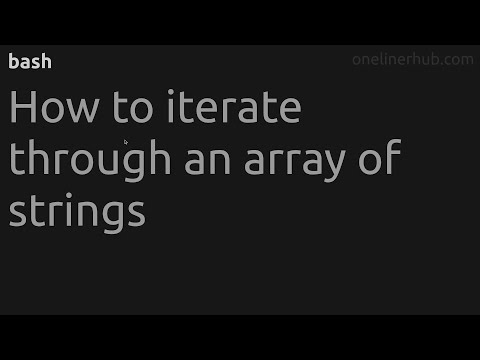
Found 47 images related to bash iterate over array theme



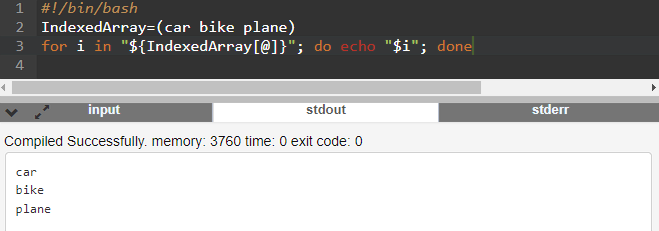
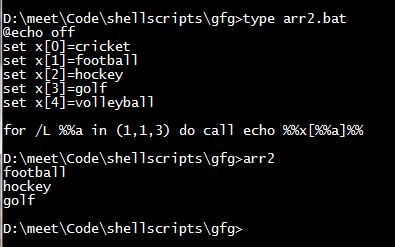



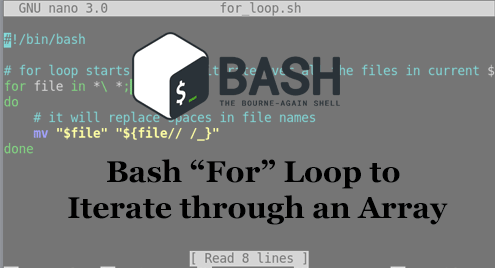




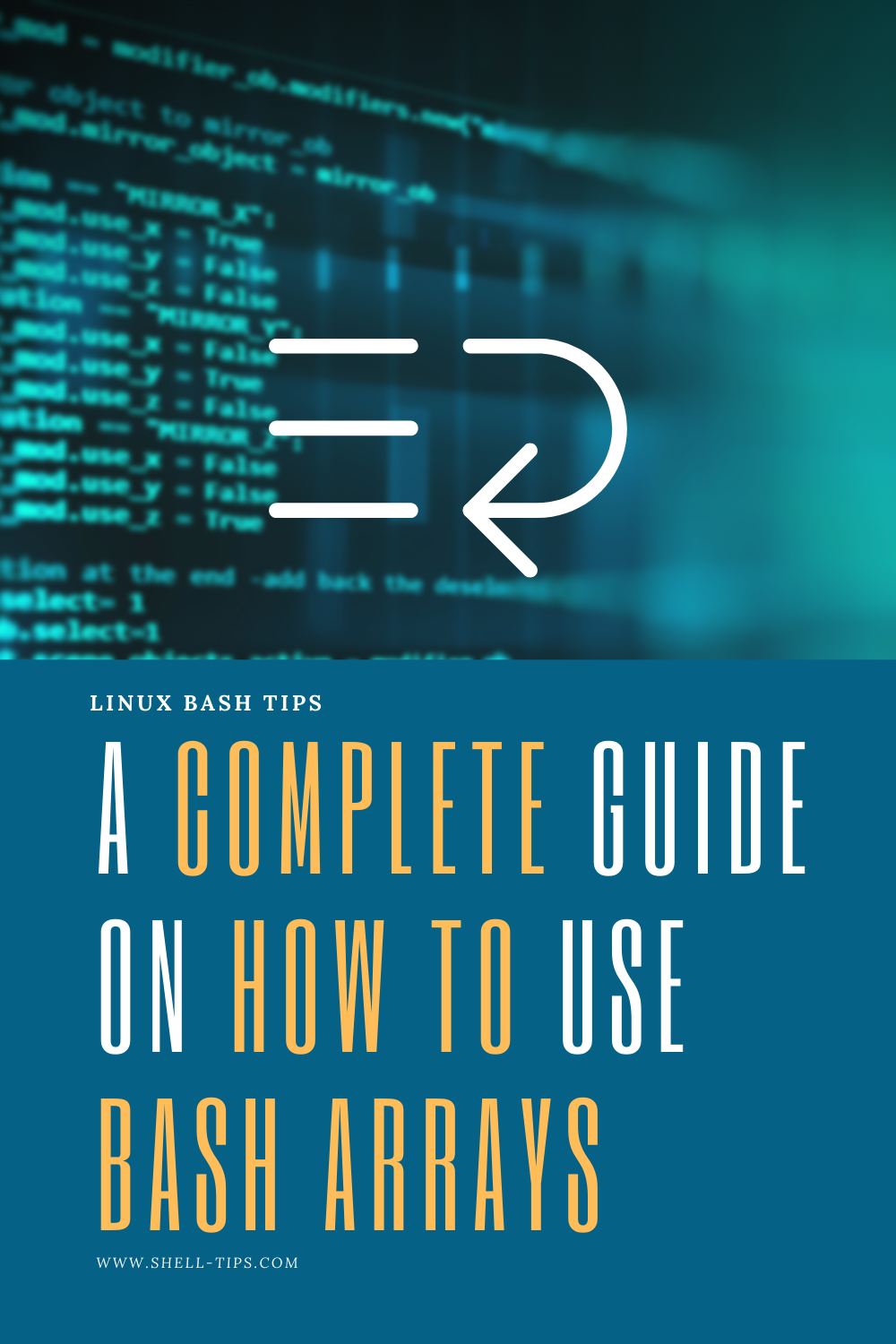
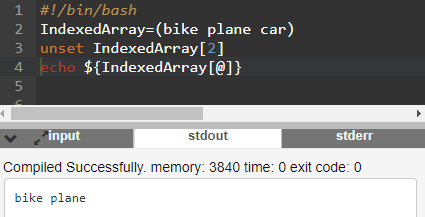







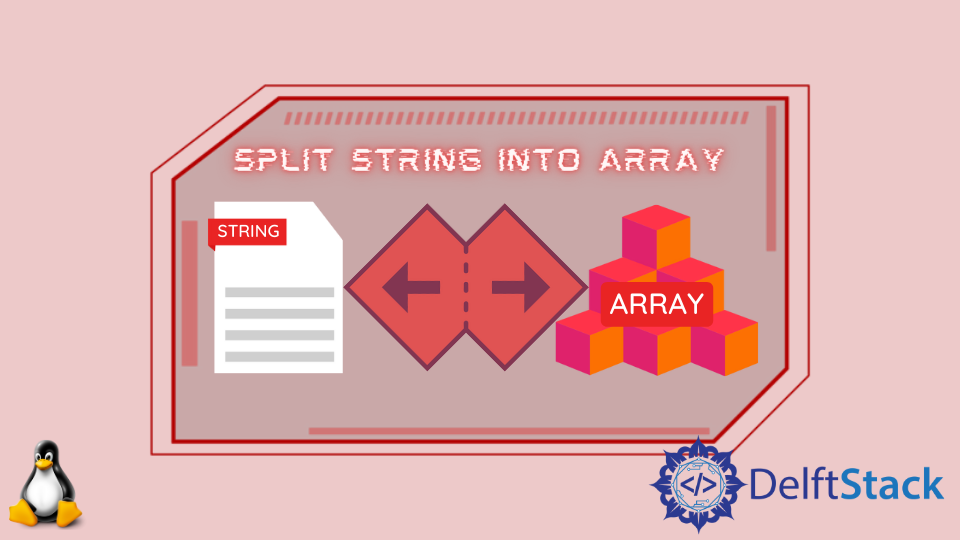



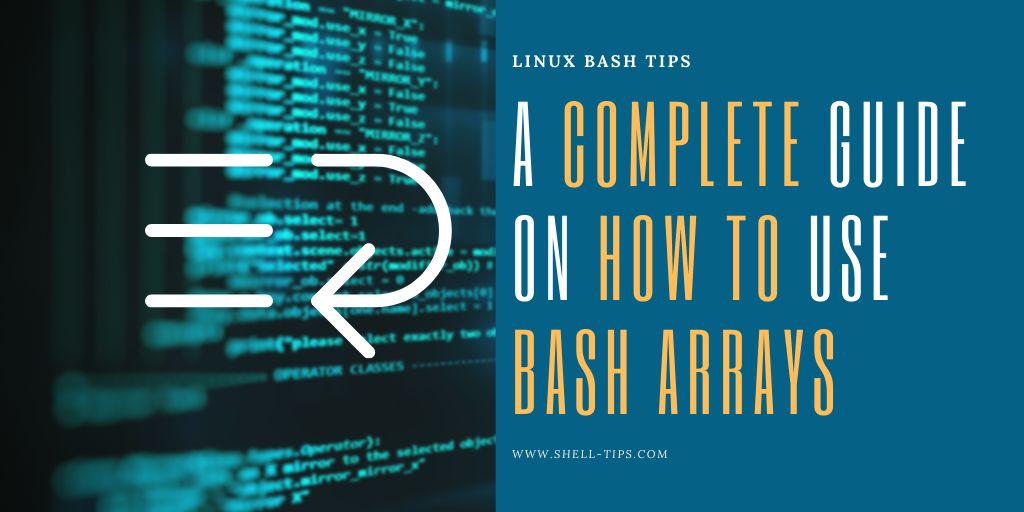



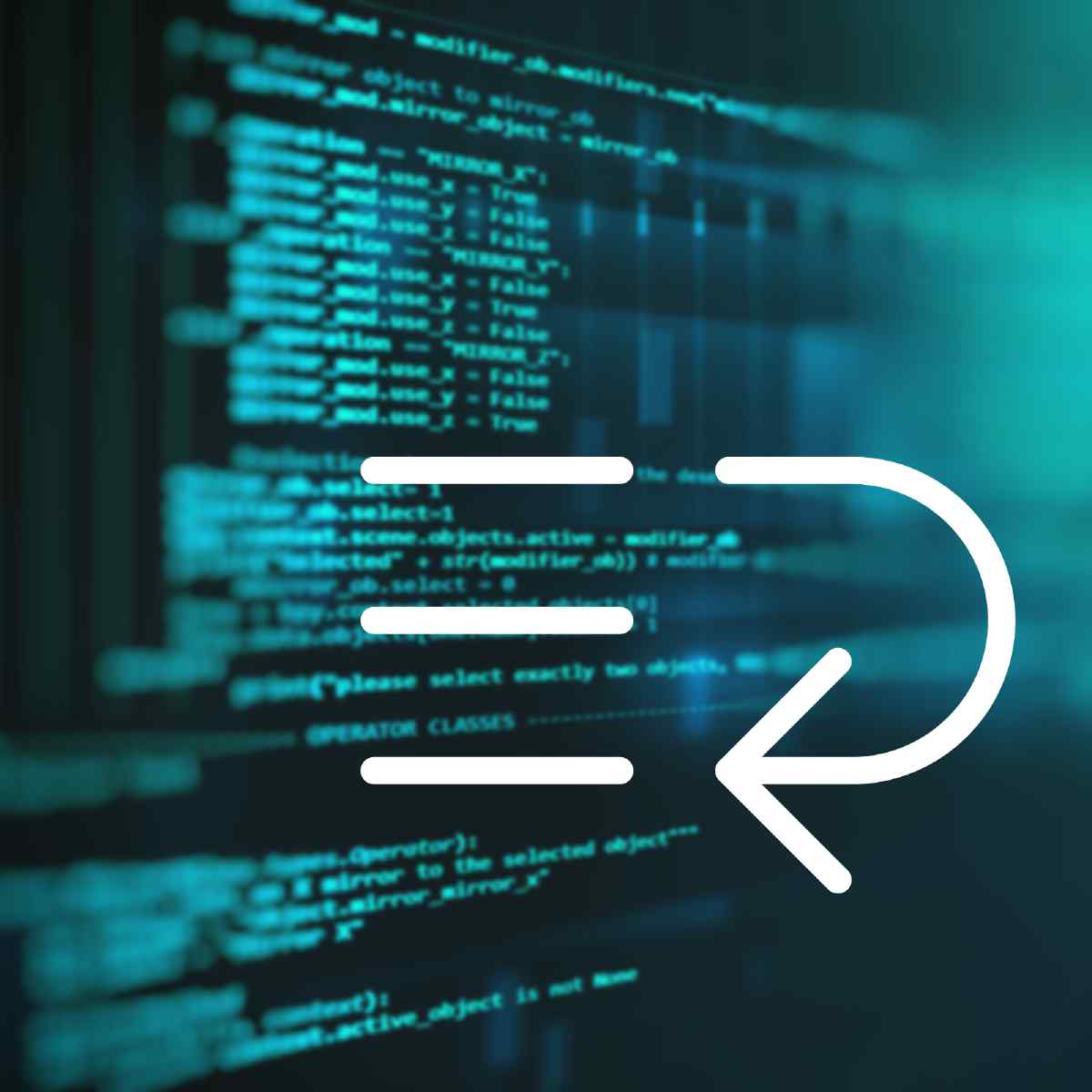

![Delete elements of one array from another array in bash [SOLVED] | GoLinuxCloud Delete Elements Of One Array From Another Array In Bash [Solved] | Golinuxcloud](https://www.golinuxcloud.com/wp-content/uploads/bash-remove-array-elements.jpg)
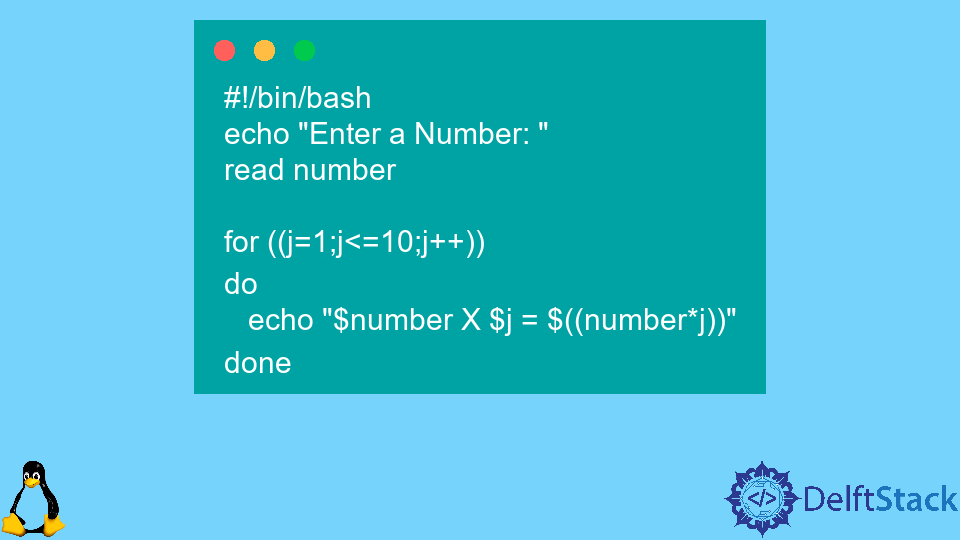
















Article link: bash iterate over array.
Learn more about the topic bash iterate over array.
- Loop through an array of strings in Bash? – Stack Overflow
- Array Loops in Bash – Stack Abuse
- 10 Bash For Loop Examples with Explanations – Geekflare
- Looping through arrays in bash with a thorough syntax …
- Bash “For” Loop To Iterate Through an Array – Linux Hint
- How to Iterate Over a List of Strings in a Shell Script – Baeldung
See more: https://nhanvietluanvan.com/luat-hoc/